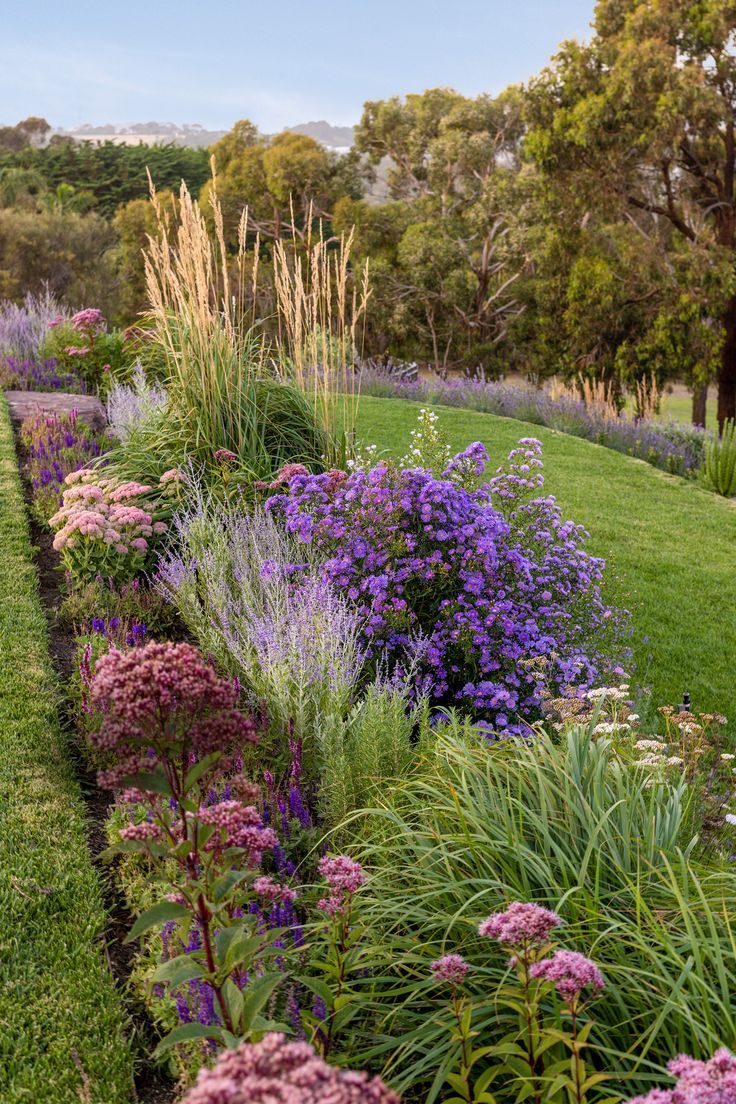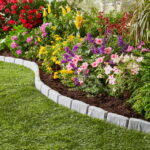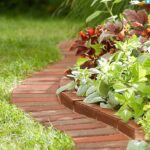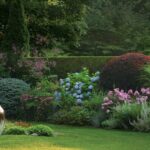Garden borders are a fantastic way to add structure and definition to your outdoor space. Whether you have a large backyard or a small patio, a well-designed border can create a sense of organization and cohesion in your garden. Borders can be made from a variety of materials such as stone, wood, metal, or even plants themselves, and can be used to separate different areas of your garden, create pathways, or simply add visual interest.
One of the most popular materials for garden borders is stone. Natural stone borders are durable and long-lasting, and can create a timeless and elegant look in your garden. Stones can be arranged in a variety of patterns and shapes to create a custom border that complements your garden’s design. Alternatively, you can use concrete or brick pavers for a more contemporary and uniform look.
Wooden borders are another great option for garden edging. Wood is a versatile material that can be easily shaped and customized to suit your garden’s style. From rustic railroad ties to sleek cedar planks, there are countless options when it comes to wooden borders. Wood borders are perfect for creating raised beds, defining pathways, or simply adding a warm and natural element to your garden.
Metal borders are a stylish and modern choice for garden edging. Metal borders can be made from materials such as steel, aluminum, or wrought iron, and can add a sleek and contemporary touch to your garden. Metal borders are often used to create geometric shapes or edging with intricate designs, and can be a great way to showcase your garden’s unique personality.
For a more natural and organic look, consider using plants themselves as borders. Low-growing plants such as boxwood, lavender, or rosemary can be used to create living borders that add texture and color to your garden. Plant borders are a great option for adding a touch of whimsy and charm to your outdoor space, and can be easily shaped and pruned to maintain their desired shape.
No matter what material you choose for your garden border, proper installation is key to ensuring a long-lasting and functional edging. Make sure to plan out your border design carefully, taking into account factors such as drainage, soil composition, and sun exposure. Properly installed borders can help prevent soil erosion, contain mulch and other landscaping materials, and create a clean and polished look in your garden. With the right border in place, your garden will be transformed into a beautiful and well-organized outdoor space that you can enjoy for years to come.
















